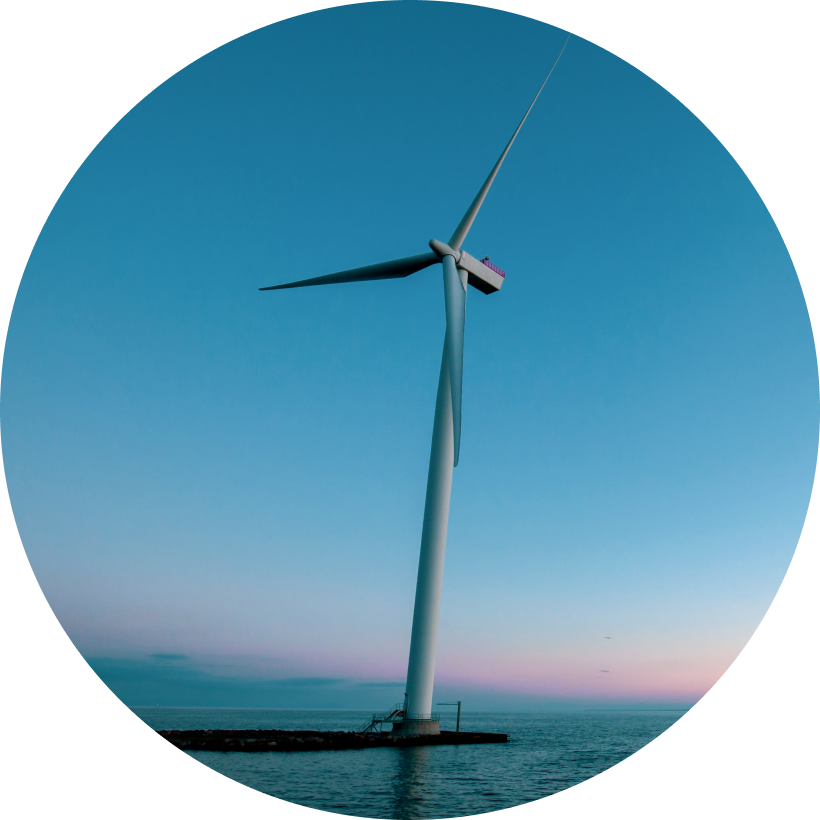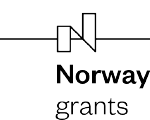Our seas and oceans offer a vast renewable energy resource. Offshore wind energy is the most established sector and is the fastest growing activity in the Blue Economy. The EU is responsible for 91% of the global offshore wind capacity. Offshore wind directly employs 160,000 persons and it is estimated that by 2030 it will employ 244,000 persons in the EU. It already exceeds the employment of fisheries. Most of the current capacity is installed in the North Sea. Ocean energy is also an enormous source of potential energy and is less variable than other energy sources such as wind and sun. It includes various types of energy production such as tidal, wave, current, osmosis, and ocean thermal energy conversion (OTEC). It employs about 2,000 people across Europe. Because of its potential, there is a lot of research ongoing in the EU with around 320 companies and organisations operating in this sector from various Member States. Between 2007 and 2015, 2,6 billion € were invested in this sector in the EU.


In general, ocean energy means harnessing the power of the oceans to produce electricity. Oceans can produce two types of energy: thermal energy from the sun's heat, and kinetic energy from the tides and waves. Oceans cover more than 70% of Earth's surface, and that makes it one of the most important sources of energy production.
As written before this can be done in several ways, but the resources that have the most immediate potential in terms of energy production are:
- waves: using wave energy converters (WEC) to generate electricity.
- tides: using tidal barrages, fences and turbines to generate electricity.
Europe continues to lead the world in ocean energy deployments, and in 2017 its tidal projects produced record volumes of electricity, according to annual statistics published by Ocean Energy Europe.



